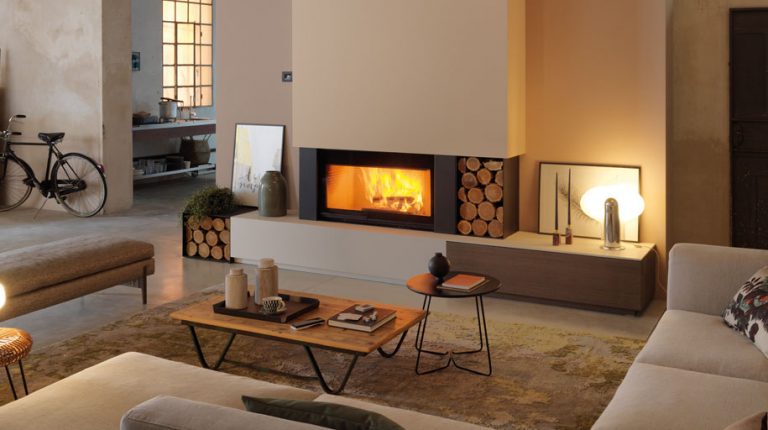
The main reason they were motivated, the first companies to make energy fireplaces, was to ensure that the unpleasant consequences of not having a door were avoided, such as ashes and sparks on the floor and carpets, which increased the possibility of fire.
They also wanted to make a fireplace that end consumers would enjoy, without constantly having to worry about the fire but only enjoying its warmth.

A second important factor that pushed them to make an energy fireplace with a door was to reduce the uncontrolled consumption of wood that happens in open fireplaces. The latter, in fact, draw the warm air from the room and lead it ingloriously towards the chimney. Thus, there is a waste and escape of energy, something that was and is very meaningless. For this reason, they aimed to build a closed-type fireplace, with control of the oxygen inflow into the combustion area, something that, by extension, would also result in lower consumption of wood.
As the years passed, they began to test new methods of managing the combustion which, if it had the effect of reducing the consumption of fuel, would be absolutely certain, as it turned out later, that it would raise the degree of a



